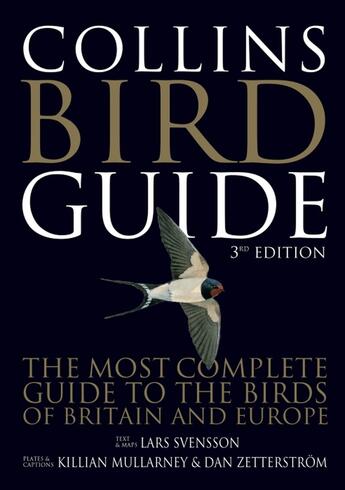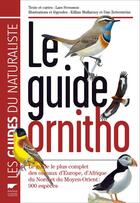-
Nombre de pages : (-)
-
Collection :
(-)
-
Genre :
Nature
-
Thème :
Nature
-
Prix littéraire(s) :
(-)
Résumé:
The ultimate reference book for bird enthusiasts - now in its third edition.
With expanded text and additional colour illustrations, the third edition of the hugely successful Collins Bird Guide is a must for every birdwatcher.
The new edition has an extra 32 pages allowing... Voir plus
The ultimate reference book for bird enthusiasts - now in its third edition.
With expanded text and additional colour illustrations, the third edition of the hugely successful Collins Bird Guide is a must for every birdwatcher.
The new edition has an extra 32 pages allowing several groups more space and completely or partly new plates with more detailed text: grouse, loons, several groups of raptors, terns, owls, swifts, woodpeckers, swallows, redstarts and some other relatives to the flycatchers (formerly often called ''small thrushes''), tits and a few finches and buntings are some of these. More than 50 plates are either new or have been repainted, completely or partly. Apart from this, a few new vignettes have been added. The section with vagrants has been expanded to accommodate more images and longer texts for several species. The entire text and all maps have of course also been revised.
The book provides all the information needed to identify any species at any time of the year, covering size, habitat, range, identification and voice. Accompanying every species entry is a distribution map and illustrations showing the species in all the major plumages (male, female, immature, in flight, at rest, feeding: whatever is important).
In addition, each group of birds includes an introduction which covers the major problems involved in identifying or observing them: how to organise a sea watching trip, how to separate birds of prey in flight, which duck hybrids can be confused with which main species. These and many other common birdwatching questions are answered.
The combination of definitive text, up-to-date distribution maps and superb illustrations, all in a single volume, makes this book the ultimate field guide, essential on every bookshelf and birdwatching trip.
Donner votre avis















